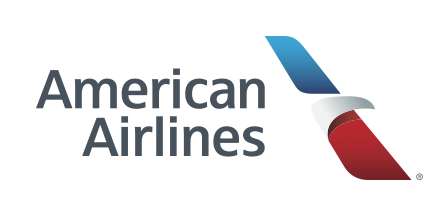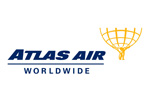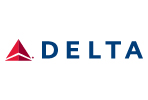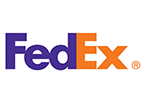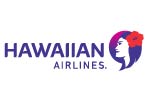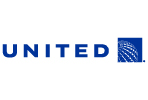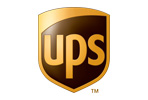


U.S. airlines implemented a multi-layered strategy to help prevent the spread of COVID-19
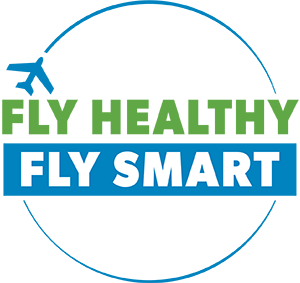 The safety and well-being of all travelers is our top priority. That’s why airlines implemented a robust, multi-layered strategy that can effectively reduce the risk of exposure to COVID-19 during air travel – a strategy aligned with the findings from researchers at the Harvard T.H. Chan School of Public Health.
The safety and well-being of all travelers is our top priority. That’s why airlines implemented a robust, multi-layered strategy that can effectively reduce the risk of exposure to COVID-19 during air travel – a strategy aligned with the findings from researchers at the Harvard T.H. Chan School of Public Health.
Click here for highlights from a study from Harvard T.H. Chan School of Public Health, which confirms that being on an airplane is as safe or safer than grocery store shopping or going to a restaurant.
Featured News
Airplane Environment is Safe, if Not Safer Than Routine Activities

The multiple layers of protection against COVID-19 used during air travel make being on an airplane as safe if not safer than other routine activities, such as grocery shopping or going to a restaurant.

Breathe Easy Thanks to Superior Ventilation
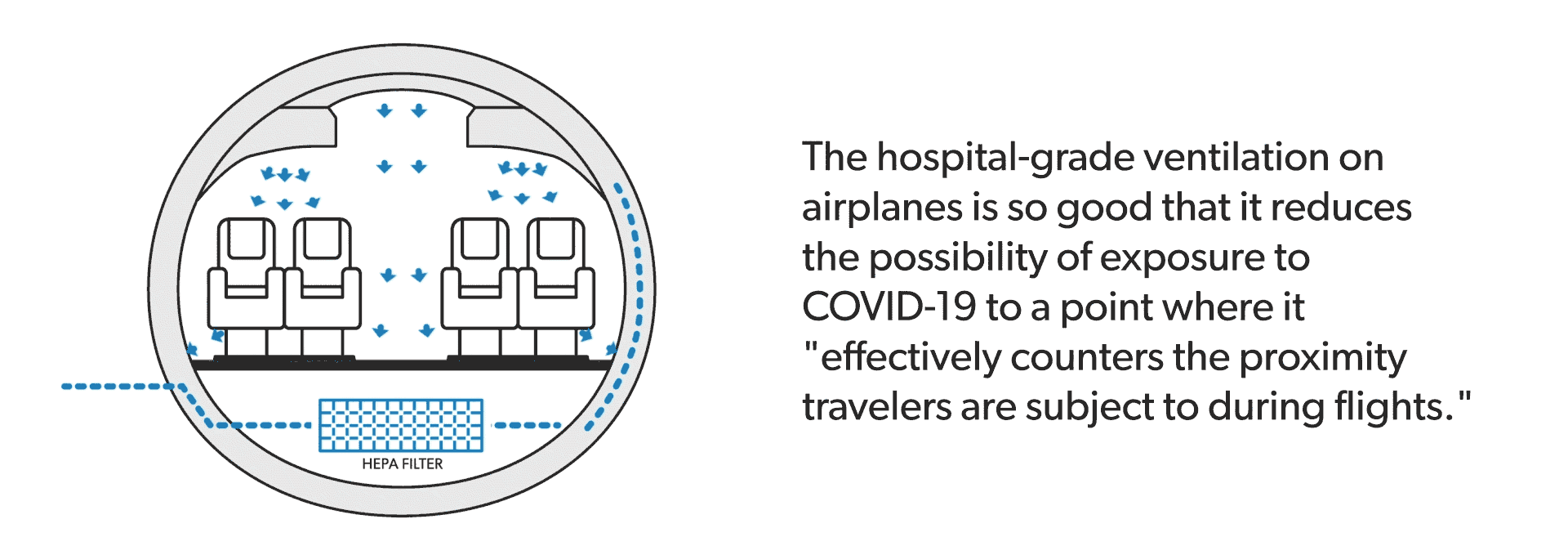
The hospital-grade ventilation systems aboard aircraft effectively reduces the possibility of exposure to COVID-19 to a point where it “effectively counters the proximity travelers are subject to during flights.”

In the Air
All A4A members have aircraft equipped with high-efficiency particulate air (HEPA) filters, which generate air as clean as an intensive care unit. The Centers for Disease Control and Prevention (CDC) has said, “Because of how air circulates and is filtered on airplanes, most viruses and other germs do not spread easily on flights.”
Commercial passenger aircraft are equipped with highly effective ventilation systems that refresh cabin air on average every 2-3 minutes, filtering air through High Efficiency Particulate Air (HEPA) filters removing > 99% of pathogens from the air. Passengers and crew members breathe a combination of 50% filtered and 50% fresh outside air.
Close Site Search
Search Icon Search
Filter By Topic:
0 results



